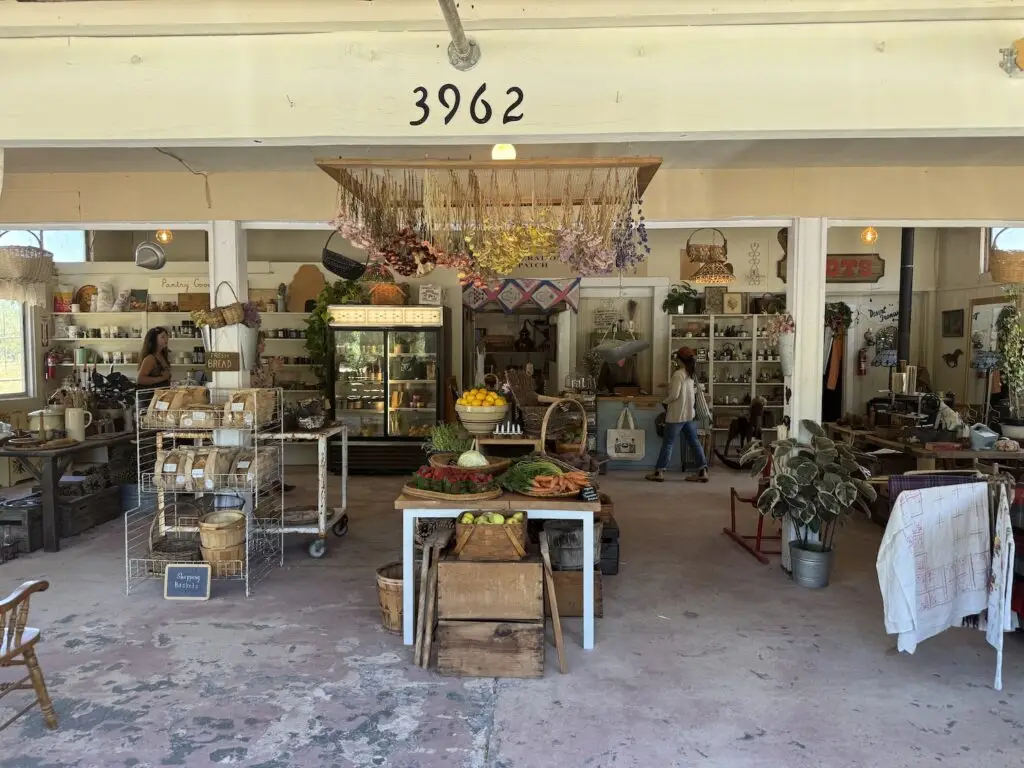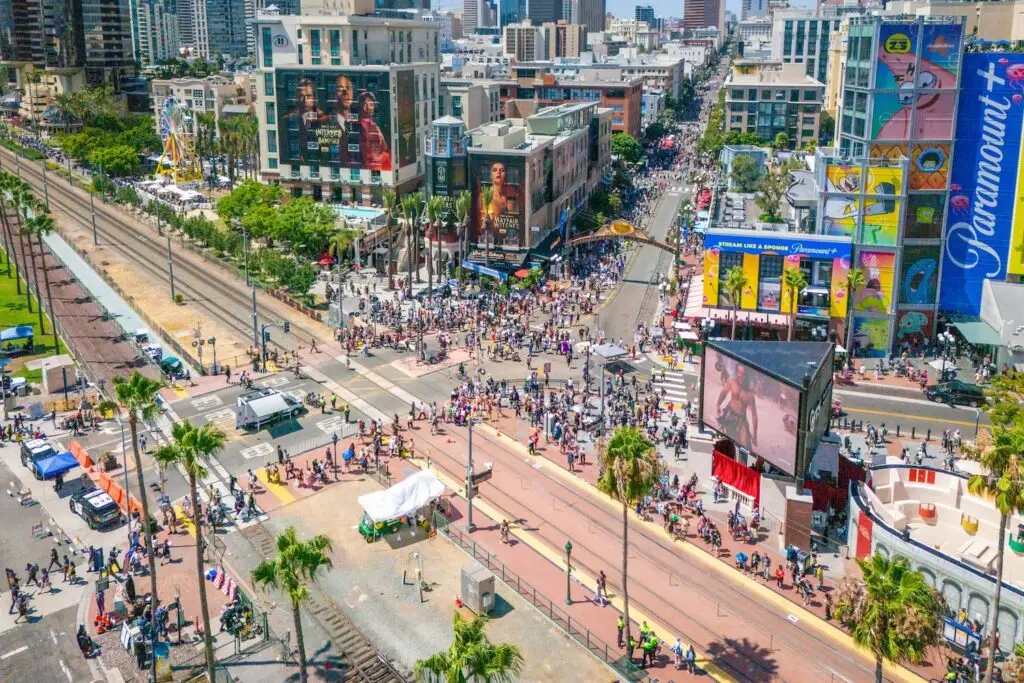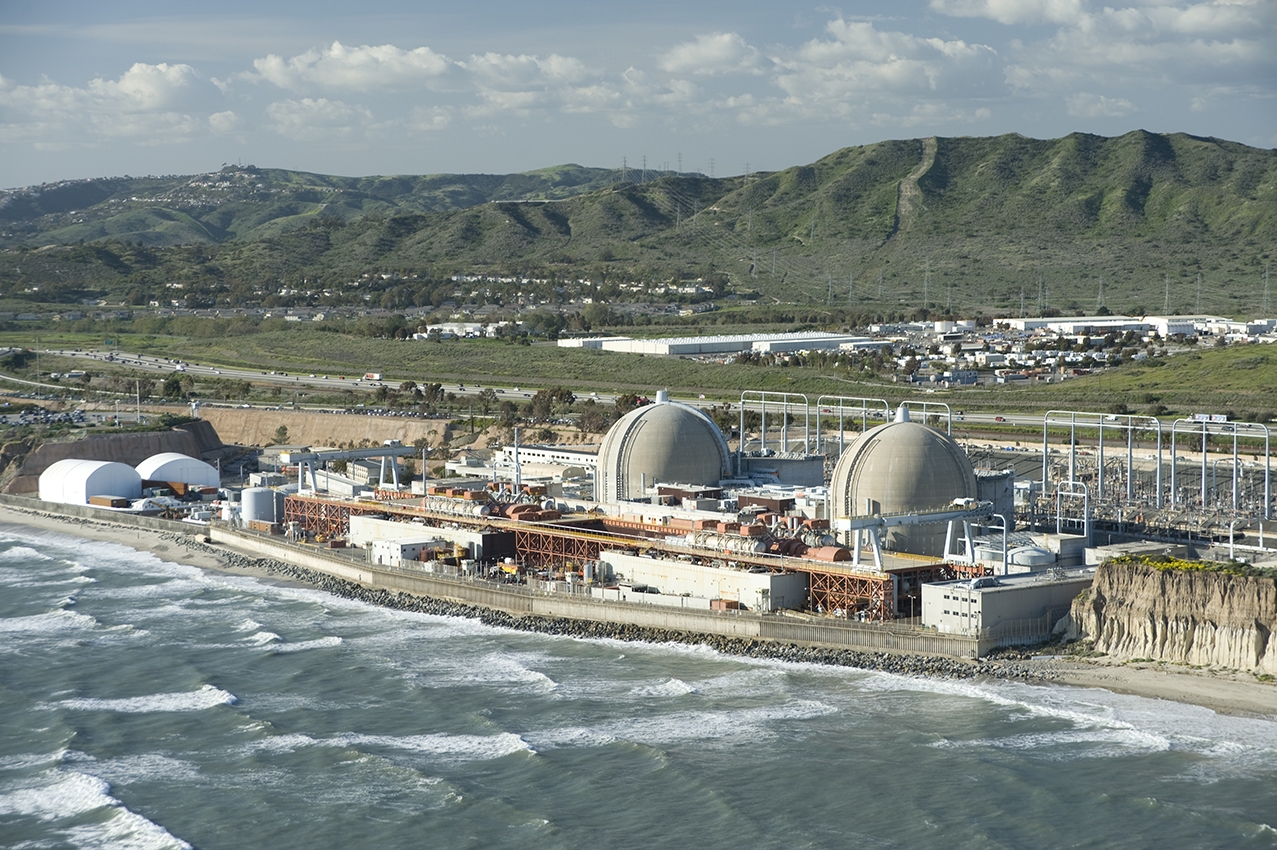Depending on your role at the San Onofre Nuclear Generating Station, you might call its two renowned structures by different names, but none, oddly, is “boob.”
For example, communications manager Liese Mosher calls them domes. They might also be referred to as Unit 2 (north boob) and Unit 3 (south boob). The engineers, meanwhile, call them “containment.”
“Engineers call things by their function,” says project manager Julie Holt. And the air-tight domes’ foremost function, besides containing essential equipment, was to contain radiation in the event of an accident.
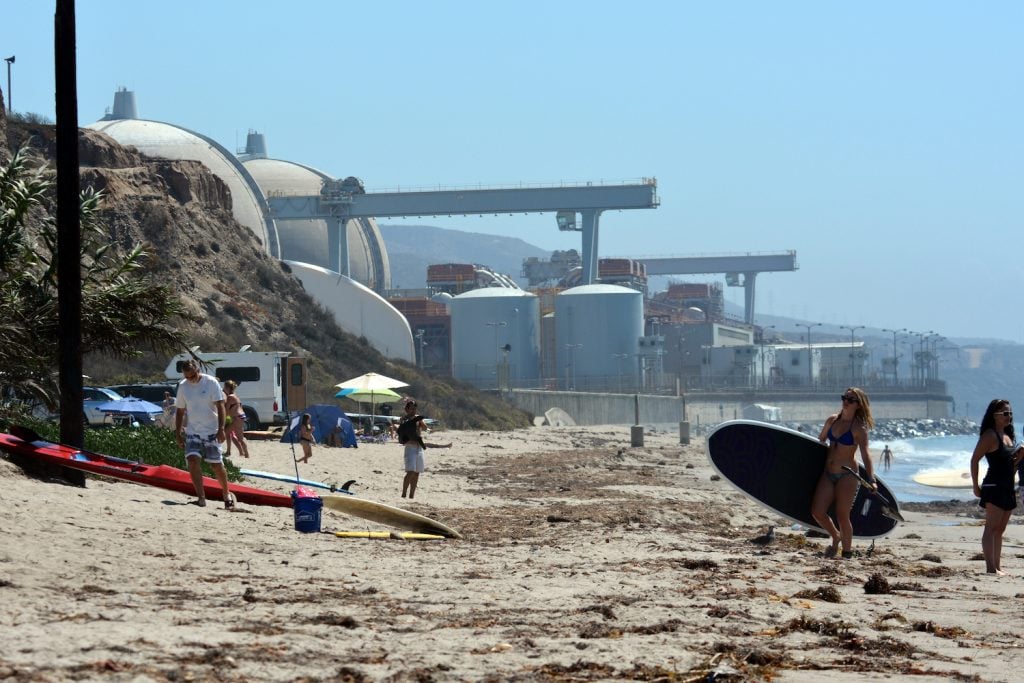
So, no, it’s not a Dolly Parton monument. It’s just a building designed with the maximum chance of ensuring nothing in its interior escapes. “The sphere is the strongest shape,” Holt explains, “because it’s the only shape where the pressure is equally distributed—there isn’t a corner that takes more stress.”
Basically, beware of nuclear plants that don’t look like boobs. Chernobyl was a square building with a lid on it, Holt adds. Lots of corners. When things went wrong, there were tons of places for pressure to build and ultimately bust out.
Lined with steel, the San Onofre set is even sturdier than meets the eye, meticulously designed to also guarantee nothing from the outside gets in. “It’s more a metal ball than it is concrete,” Holt says. Steel cables also run throughout the four-foot-thick cement, putting to shame even the most highly structured Madonna-style cone brassiere.
“It could take a head-on collision with an airplane full of fuel,” she says.
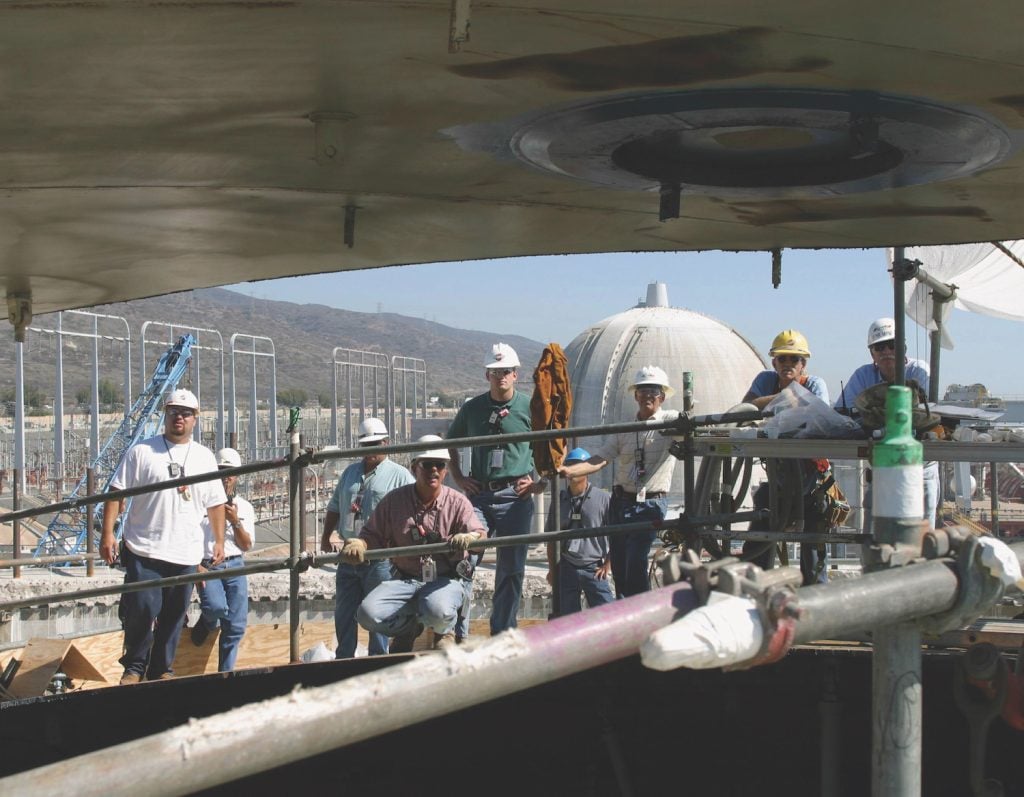
“But did the designers know that from the freeway it was going to look like a massive set of boobs?” I ask. “Or was it complete, and they looked out from the freeway and were like, ‘Oh my god, we made boobs?’”
“No, no,” Mosher and Holt say together, laughing.
Those who work there see the pair holistically—they are Unit 2 and Unit 3, a continuum of Unit 1, a much smaller, less chesty affair decommissioned in 1992. Engineering manager Jerry Stephenson, who’s worked at the plant for 40 years, explains it like this: From the freeway, you’re missing the other half of the whole picture, a 60-foot-tall cylinder below each of the twins. For him, the shape is more like “a can of corn with half a tennis ball on top.”
In other words, we’ve all been going gazonga over a mix of canned veggies and cut-up sporting goods.
“But what about those things?” I ask, referring to the very conspicuous protrusions perched atop the domes. He says they are vents. But why there? Why put “ventilation” so erectly on top of “containment”?
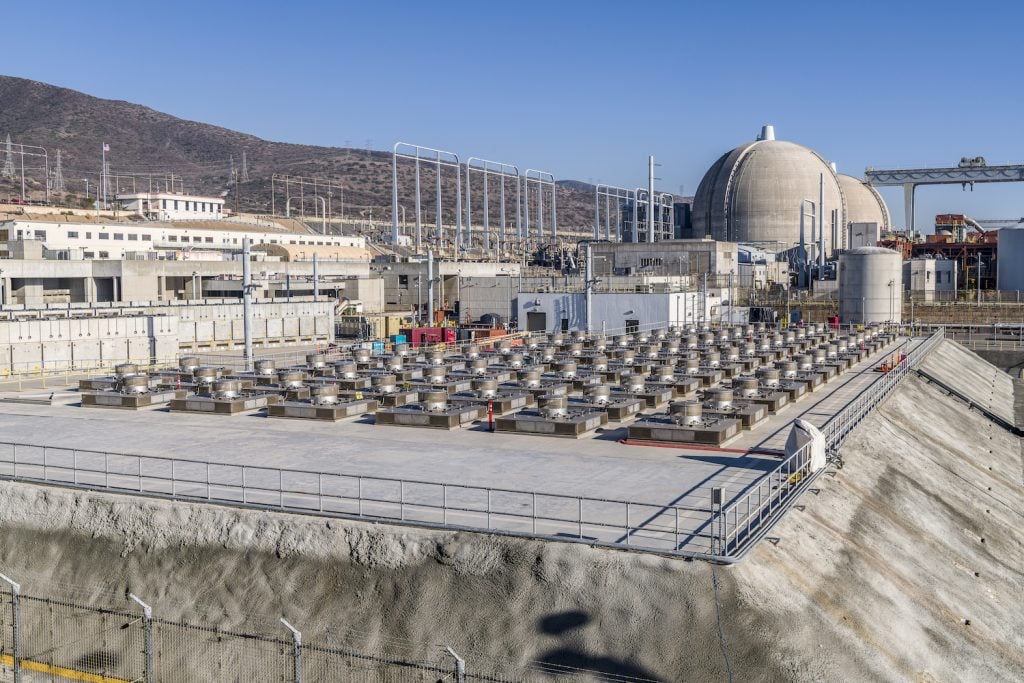
Turns out there was no choice in the matter: air rises, so, to work correctly, the vent stacks had to sit on the topmost point. Then, of course, there are the essential red-blinking lights atop each “stack.”
“Yeah,” Mosher says, nodding knowingly. “Plane safety.”
So it was never the plant trying to look like boobs. It’s that, wonderfully, boobs are what nuclear safety happens to look like, especially when viewed from our highway vantage point.
And even Mosher and Holt admit that “it’s a shape that leads to creativity in people’s minds.” After all, it’s been hard to ignore; the Susan G. Komen Foundation even officially requested that the units be wrapped in pink. Komen, of all people, knows when she sees a breast.
But, soon, the San Onofre plant is getting a reduction. It once housed a nuclear reactor in each dome and provided employment for 4,000 people. Together, they created 2,200 megawatts of electricity, powering 1.4 million homes at any given moment.
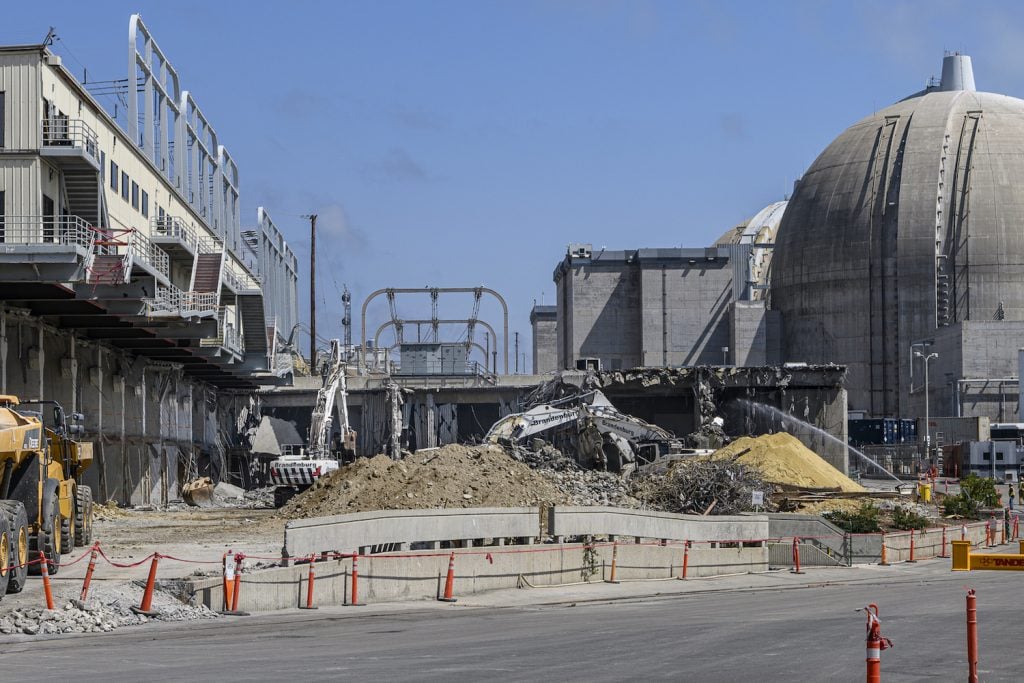
Now, a team of hundreds is taking the plant apart. Decommissioning began in 2013, and after a decade, it is now 60 percent complete. Our beloved domes are slated to fall in 2027 and 2028. Workers will chip around the bottom, “then ka-thunk,” Stephenson says. Gravity will pull them down layer by compromised layer over several months, and, like the evening sun, the pair will slowly sink until they are below the horizon, as if the whole bosom never happened.
Holt says many at the plant joke that people accustomed to using the famous pair as a landmark are going to find themselves very confused. “When people are driving down from Los Angeles to San Diego,” she says, “they are going to end up in Mexico and be like, ‘Wait, what happened?’”

